Summary
The lake is home to a variety of fish species, including rainbow trout, brown trout, yellow perch, and largemouth bass. The best time to visit the lake for fishing is during the summer months, when the water is warmer and the fish are more active. The average temperature during this time is around 70°F.
Apart from fishing, visitors can also enjoy other activities like hiking, camping, and wildlife viewing. The lake is surrounded by the Black Hills National Forest, which offers plenty of trails for hiking and biking.
When fishing at Bismark Lake, anglers are advised to use lures or bait that mimic the natural prey of the fish they are targeting. Fly fishing is also a popular technique here, with many anglers using dry flies and nymphs to catch trout. Fishing from a boat or kayak can also be productive, as it allows anglers to cover more water and access deeper parts of the lake.
Overall, Bismark Lake is a great fishing spot for anglers of all levels. With its diverse fish species, nearby activities, and beautiful scenery, it's definitely worth a visit.
Weather Forecast
Nearby Streamflow Levels
Angling Safety Guidelines
Check local fishing rules, seasons, size limits, and license requirements to ensure legal and sustainable angling.
Handle Fish Responsibly
Use wet hands, minimize air exposure, and release fish gently to improve survival rates when practicing catch-and-release.
Choose the Right Gear
Match your rod, line, and tackle to the species and conditions to increase success and reduce unnecessary harm to fish.
Respect the Waterway
Avoid disturbing habitat, prevent bank erosion, and keep a safe distance from spawning areas to protect ecosystems.
Keep It Clean
Pack out all line, hooks, bait containers, and trash—discarded gear can injure wildlife and degrade waterways.

 Lakota Lake
Lakota Lake
 Horsethief Lake Day Use Site
Horsethief Lake Day Use Site


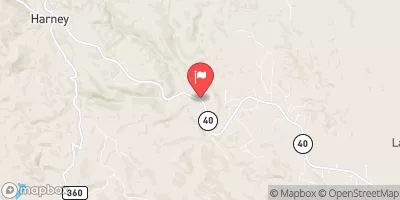
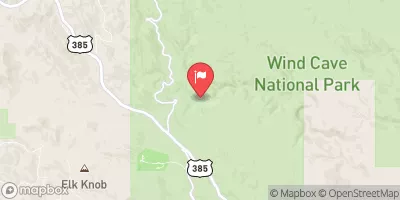


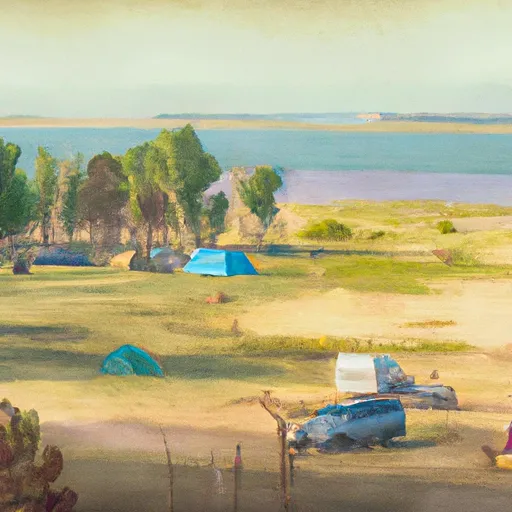 Bismarck Lake
Bismarck Lake
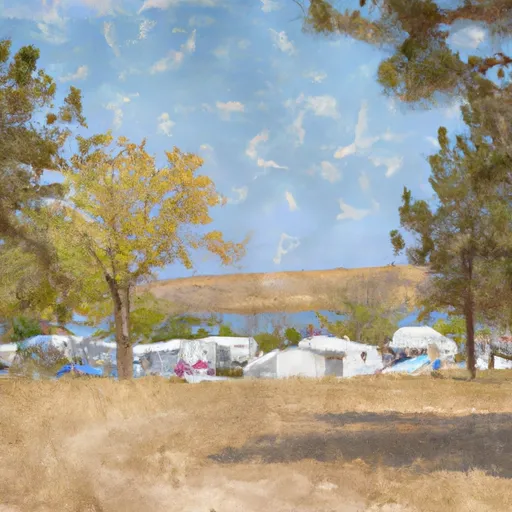 Bismark Lake Campground
Bismark Lake Campground
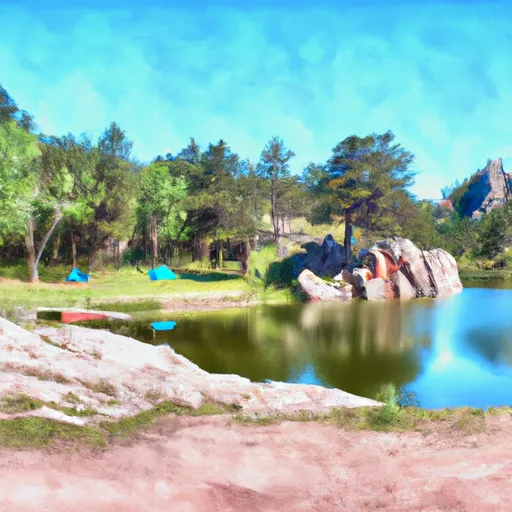 Stockade Lake N - Custer State Park
Stockade Lake N - Custer State Park
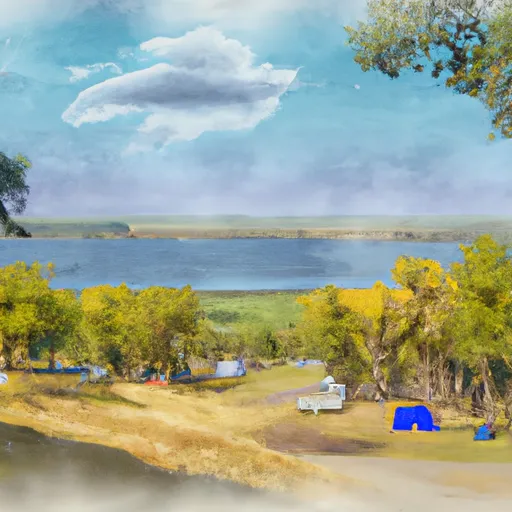 Stockade Lake North Campground
Stockade Lake North Campground
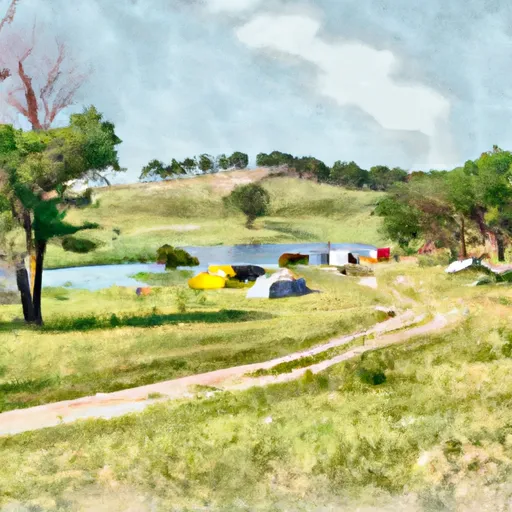 Stockade Lake Campground South
Stockade Lake Campground South
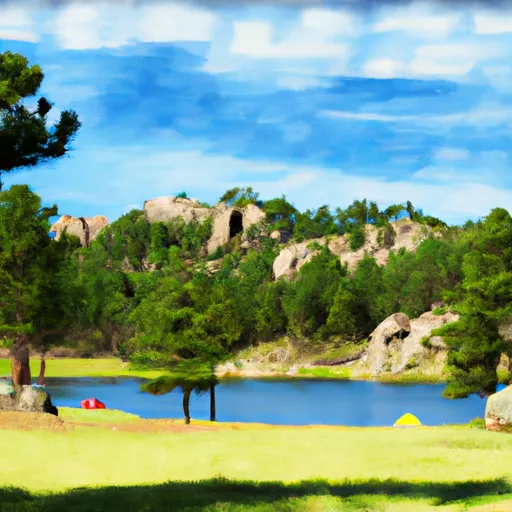 Stockade Lake S - Custer State Park
Stockade Lake S - Custer State Park
 Bismark Lake
Bismark Lake